Glazed skylights have been used as a source of natural light in buildings for centuries, but they’ve also come a long way as a technology since their origins in the industrial revolution.
For starters, they’re now mass-produced and available as individual lightweight units, which means they no longer demand high amounts of structural support and are simple to install. Additionally, most suppliers now offer a diverse range of stock to suit most applications and some even offer an assortment of add-ons like high-performance glazing and automated operability.
Beyond their obvious benefits, skylights have also been used to varying degrees of effectiveness over the years to minimise heating, cooling and lighting costs within a building. If specified correctly, they can reduce reliance on artificial lighting to illuminate a space and can also aid a reduction in mechanical heating costs by providing a source of solar heat gain to a room.
Skylights also serve as a great alternative to windows when there is a sizing restriction or privacy concerns. In transformed attic spaces for example, where windows aren’t suitable, openable skylights can provide both light and ventilation to an otherwise dark and dusty space.
TYPES OF SKYLIGHTS
While there is a seemingly endless assortment of skylights options in the Australia market they can be roughly grouped into three categories: roof windows, original skylights and tubular skylights.
The ideal skylight, according to the Australian Government’s Your Home design guide, allows the right amount of light to penetrate and illuminate a space without facilitating uncomfortable amounts of solar heat gain and glare.
The guide’s rule of thumb for spacing of skylights is three to five per cent floor to skylight area ratio and one to two per cent for high performing tubular skylights. The distance between skylights, says the guide, is ideally one and a half times the height between floor and roofing.
LIGHT AND HEAT GAIN
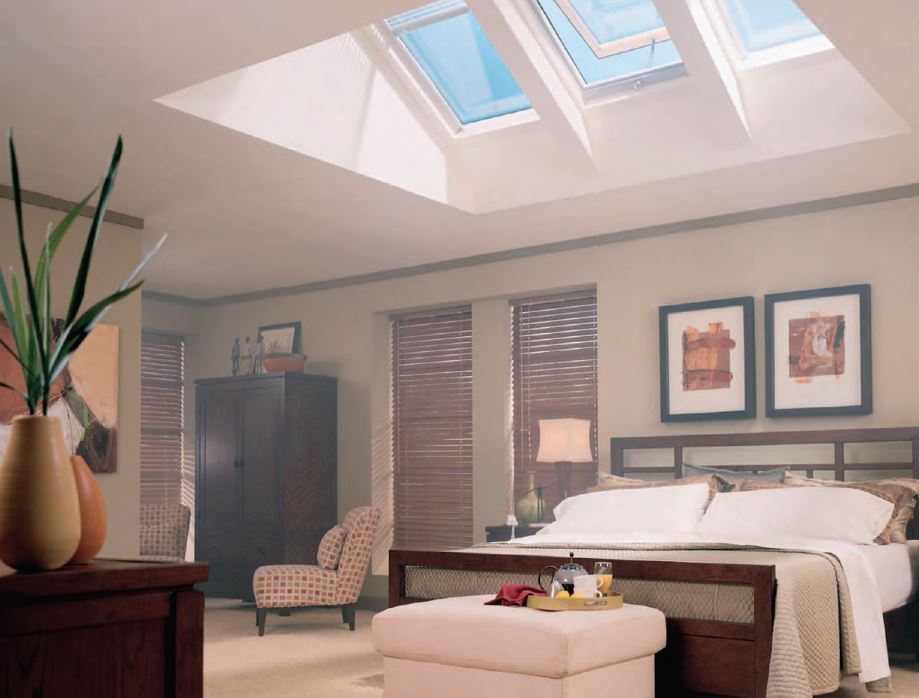 Roof windows are generally placed at the top of a light well and can benefit from openability to allow for night purging during summer months. Image: Velux Australia
Roof windows are generally placed at the top of a light well and can benefit from openability to allow for night purging during summer months. Image: Velux Australia
The directional facing of the skylight will effect how the building responds to the extra light and heat penetrating its exterior shell, and while it’s best to place a skylight in the ideal location and on an ideal angle, this isn’t always possible.
In response, skylight manufacturers have invented ways to manage unwanted UV, glare and heat penetration caused by the imperfect placement of a skylight. Some manufacturers can provide extras like operable coverings and shade panels which can make a skylight seasonal, while others offer prefabricated tilted bases which angle a skylight to capture the optimal amount of light.
Performance glazing is another option which can also effectively manage the type of light entering the space. While plastic glazing is cheaper, it can become discoloured and fragile over time and is generally a poorer insulator against UV rays which can increase fading damage to interiors. New glass technologies on the other hand, like heat-absorbing tints, insulated glazing units and low-emissivity coatings, can help create more thermally efficient skylights whilst optimising the type of light entering the interior space.
ENERGY RATINGS
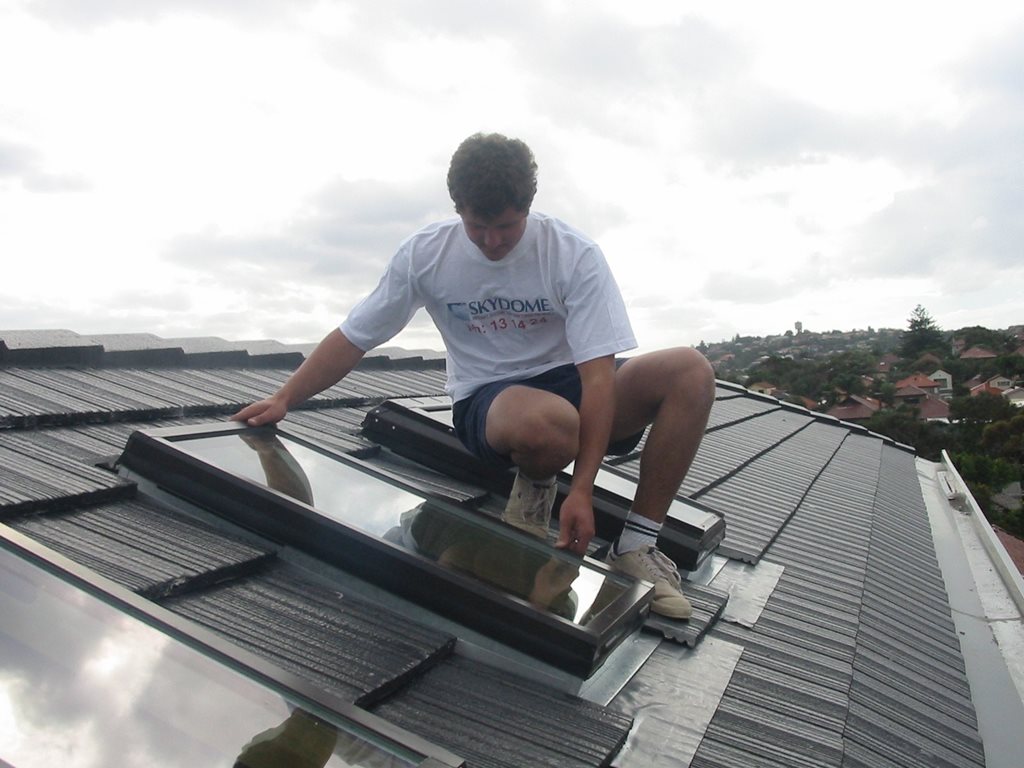 Original skylights are typically acrylic or single glazed to allow for light diffusing, and come with a flexible light well and a diffuser panel at ceiling level. Image: Skydome Skylights
Original skylights are typically acrylic or single glazed to allow for light diffusing, and come with a flexible light well and a diffuser panel at ceiling level. Image: Skydome Skylights
Skylights are required to meet minimum performance standards set out by the Building code of Australia (BCA). The Window Energy Rating Scheme (WERS) provides a comprehensive and independent database of energy-rated skylights. An easy to use star rating system ranks the performance of each skylight as well as its potential for both heating and cooling the home and how much natural light it can provide. Each product is ranked on a zero to 10 rating system for easy comparability.
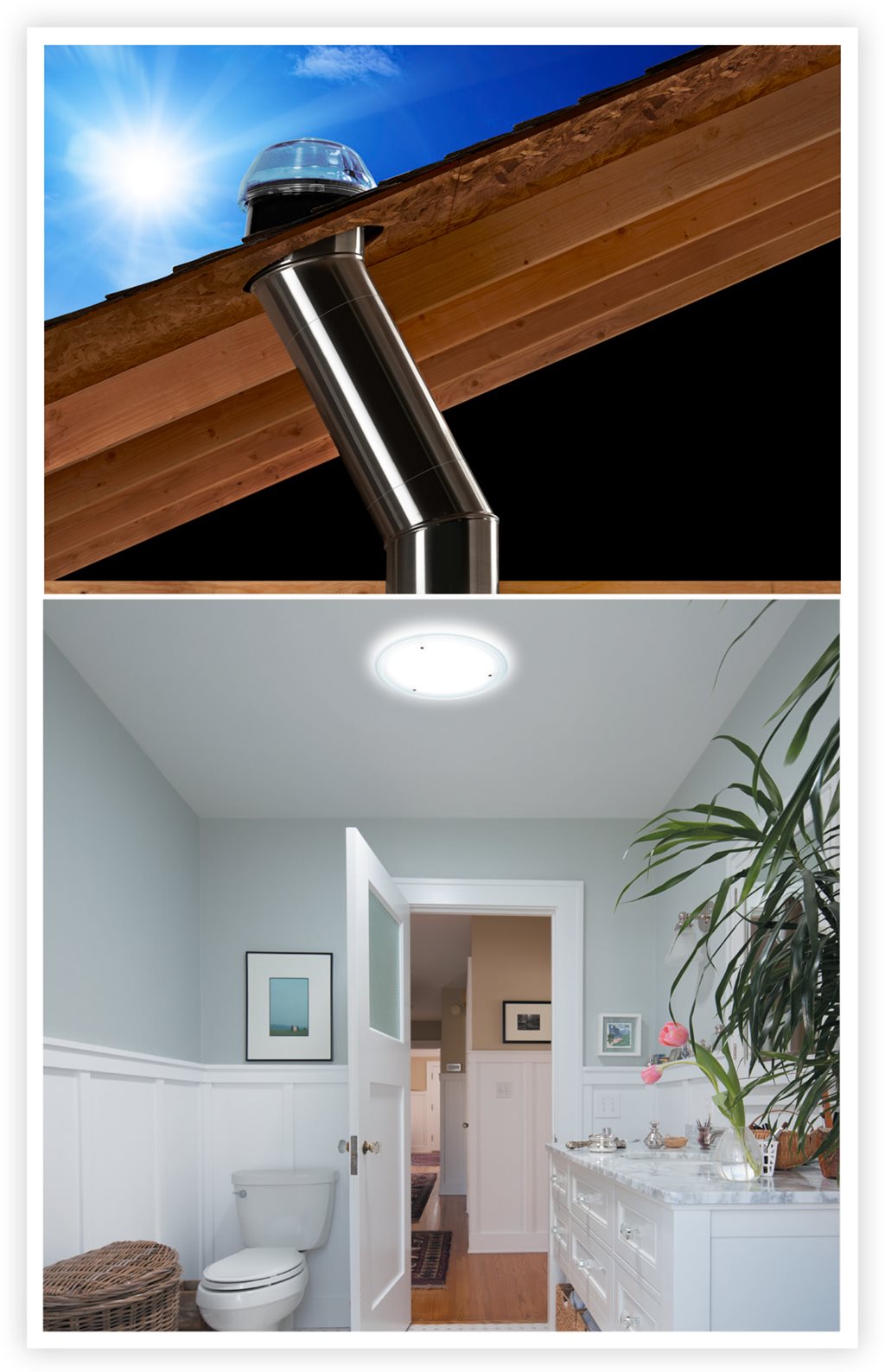 Tubular skylights have a superior ability to catch direct beam sunlight and diffuse it around the room, making them most suitable for climates which high chances of clear and sunny days. Image: Solatube
Tubular skylights have a superior ability to catch direct beam sunlight and diffuse it around the room, making them most suitable for climates which high chances of clear and sunny days. Image: Solatube
FIRE SAFETY
Under the BCA, skylights must meet the fire safety requirements set out that state that for roof lights that are deemed combustible, the area of the roof lights must not exceed 20 per cent of the roof. In particular areas that are prone to bushfires, the Australian standard AS 3959-2009 skylights (along with the rest of the building materials and components) need to be tested and comply with the bushfire attack level requirement.
SKYLIGHT MAINTENANCE
Skylights require regular cleaning both internally and externally and debris such as leaves and dirt build up should not be left to pile up as this can stain and discolour the surface. Generally skylight materials have a long life expectancy in Australian conditions.
Here's a list of skylights available on the Australian market:
Roof Windows Plus from Acol Sky Lights 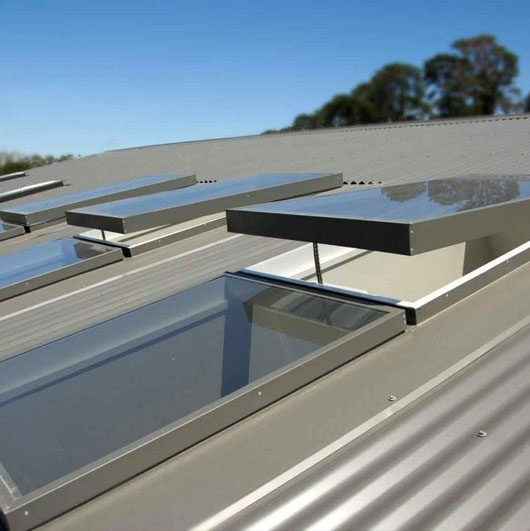
Australian made in a unique design, the Acol roof windows plus is fabricated from high strength aluminium and available in standard sizes in both fixed and opening options. The roof windows are glazed with Viridian Smartglass as standard providing exceptional solar control and insulation. Double glaze and translucent glass can be also specified as an option. A unique combination of solar blind and shade screen options are also available.
Solatube 750DS from Solatube Australia 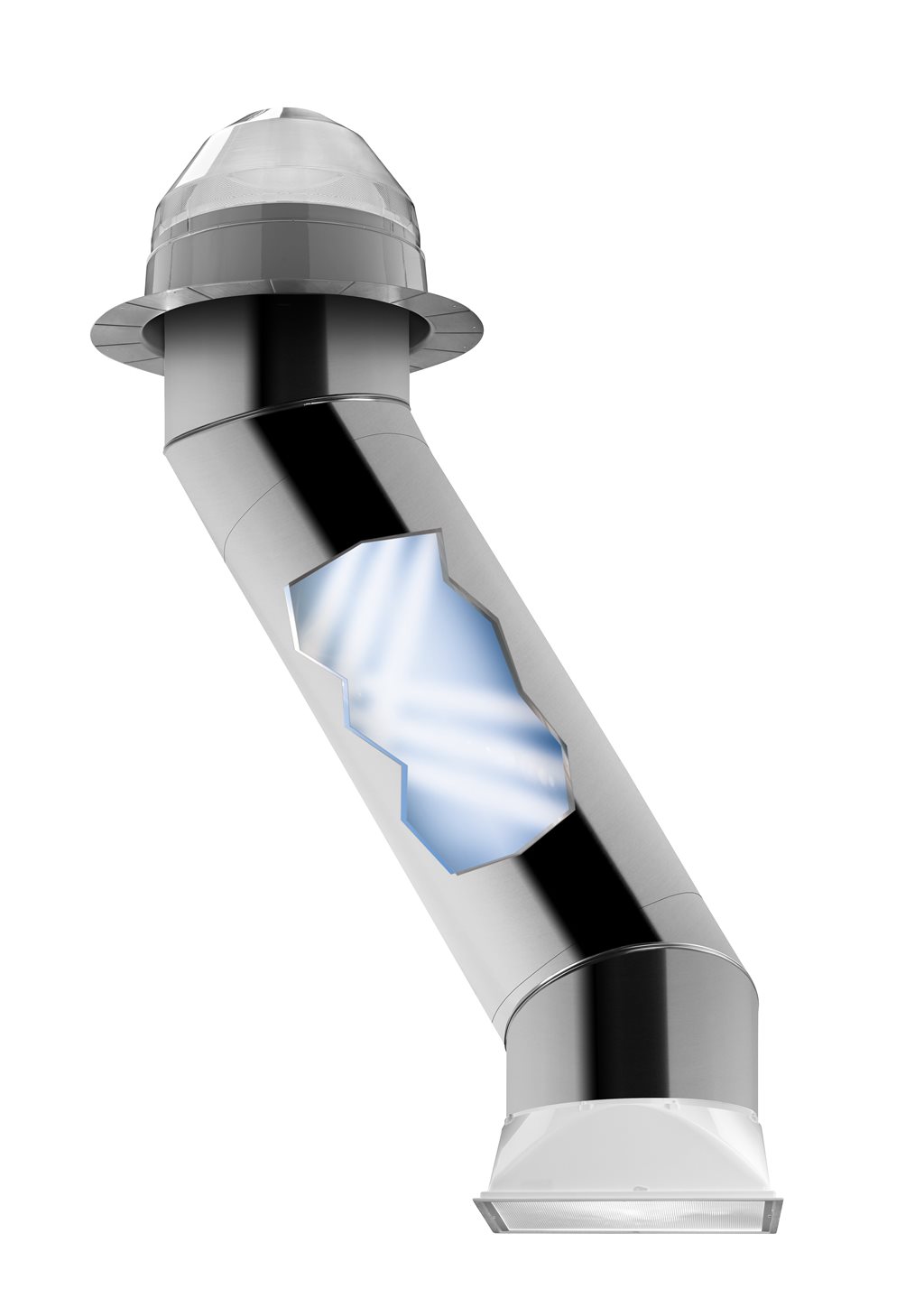
Solatube 750DS is designed to deliver consistent light output throughout the day. Featuring Raybender 3000 Technology, it effectively captures low-angle sun rays in the morning, late afternoon and winter months, but rejects high-angle rays at midday to prevent glare, overlighting and overheating. It’s perfect for spaces where a uniform level of light is required during typical work hours.
Solar powered skylight from Velux (Australia) 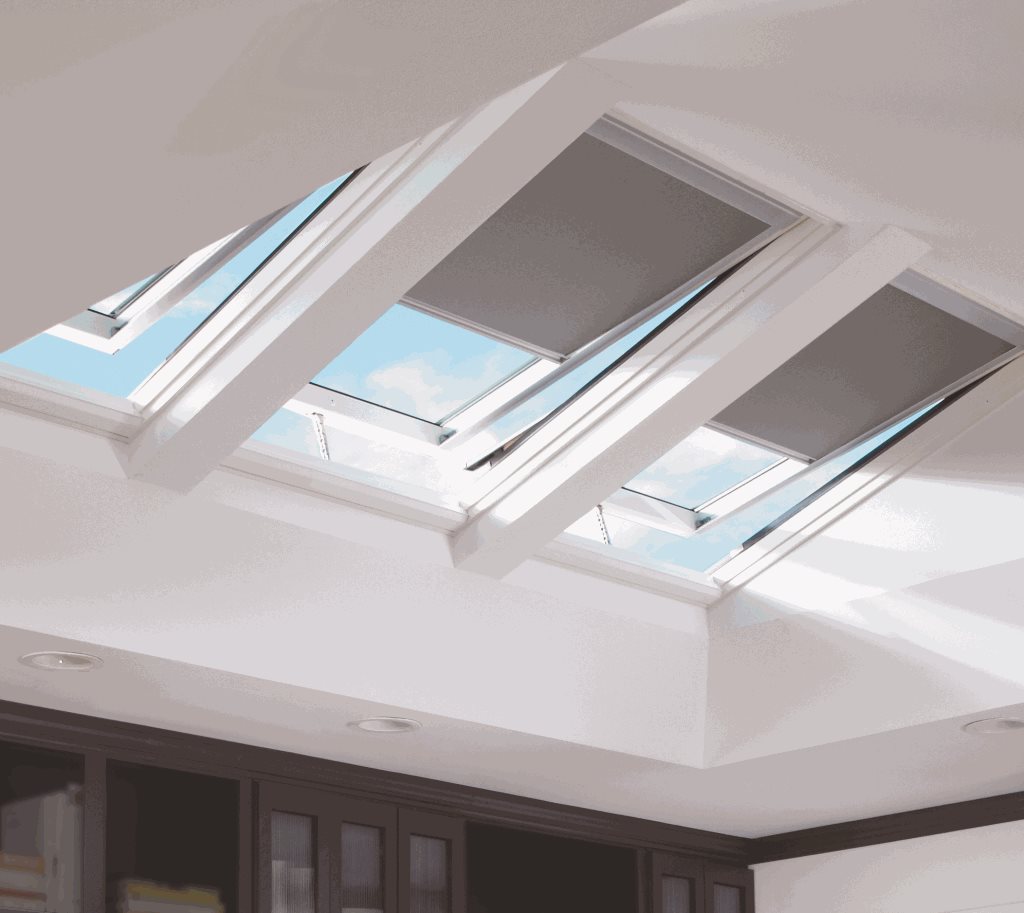
Velux skylights have a 5-star energy rating and have a solar powered panel to enable the skylight window to be opened and closed electronically. This feature allows for air-conditioning to be reduced and fresh air used to cool down the building instead. It also offers approximately 80 per cent heat blocking and a 99 per cent UV block.
Roof terrace skylights from Tilt Industrial Design 
Tilt’s Roof terrace skylights are the only operable glass skylights on the market that can be utilised with a standard staircase. Specifically designed for architectural projects, Tilt skylights enable roof terraces to become seamless extensions of the home while ensuring neighbours’ views are not impacted. The product is 100 per cent Australian made incorporating structurally certified steel frames with laminated or insulated glass panel options.
Skydome skylights from Skydome Skylight Systems 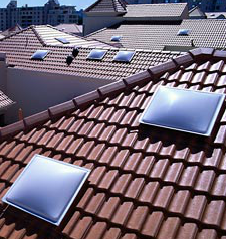
The skylights from Skydome are suitable for most roofing profiles including corrugated, metal deck and tile. Built to handle the tough Australian climate, the skylights come with a 7 year warranty and are also manufactured with Skyguard which eliminates 99 per cent of UV rays. Their range of skylights is so expansive that they also manufacture bushfire rated skylights and glass glazed skylights.
Sunpipe tubular skylights from Skyspan Skylights 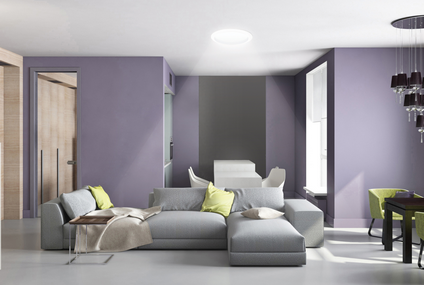
Sunpipe tubular skylights are Australian owned and made. As sunlight passes through the crystal clear dome and bounces down a reflective flexible tube shaft, it filters out 99 per cent of UV rays. A leak-proof diffuser spreads the natural light through the room providing an atmosphere of freshness and vitality. Sunpipe are eco-friendly and save energy through their use while offering high quality and performance.
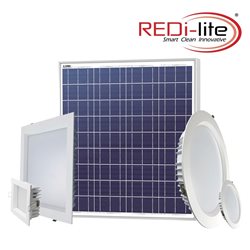 The Spectra system from Redi-lite
The Spectra system from Redi-lite
The Redi-lite Hybrid Solar Skylight alternative offers a Green Energy solution for light starved areas around the home or office. With industry leading light output, warranty and build quality, Redi-lite is fast becoming the product of choice for ever increasing high density housing environments. Multiple light fixtures can be operated from a single solar panel with no large roof penetrations necessary. Redi-lite also offers an optional day/night kit.
Electronically operated skylights distributed by Attic Group 
Made from pressure treated pine wood and coated with a clear acrylic lacquer, the electronically operated skylights draw in the light and allow for the circulation of air. It is easy to install and has an automatic rain sensor to ensure that it closes if it begins to rain. Accessories can be added in addition to block out light or allow for remote operation.

